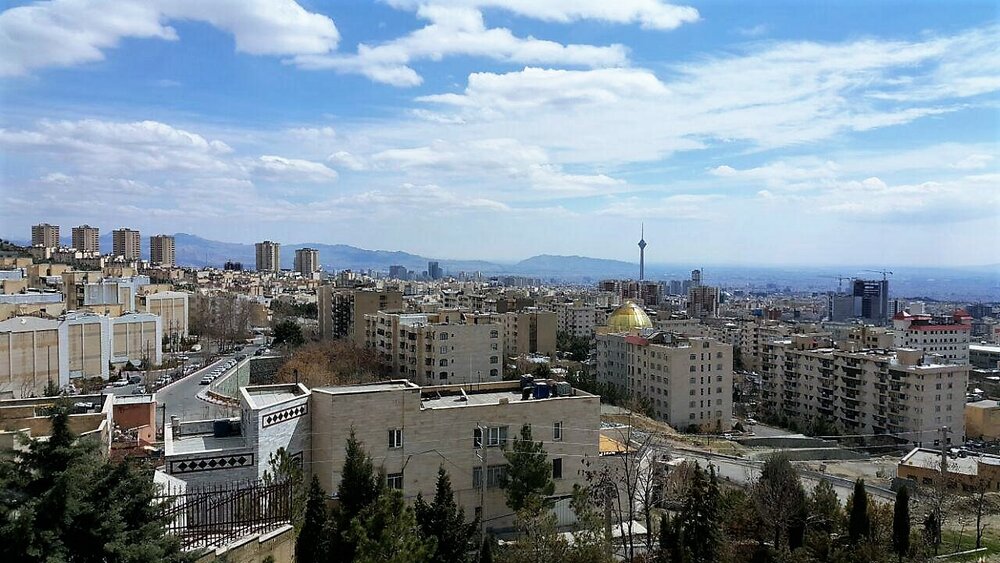Iranian company manufactures nano air filter for cars

TEHRAN – An Iranian knowledge-based company has manufactured nano air filter for vehicles, which can decrease air pollution by 20 percent, ISNA reported on Friday.
The filter, which is made from polyacrylonitrile (PAN) nanofibers, also has impact on vehicle fuel economy from 5 to 15 percent.
If 25 percent of vehicles use this nano air filter, Iran can save 100 million liters of fuel annually, the director of the company Shahpour Pirouzi said.
In this way, the country can save 100 thousand trillion rials (about $2 billion) in facing air pollution, he explained.
Most of domestic cars including Pride, Samand, different types of Peugeots, Renault Logan L90 and Citroën Xantia can use the filter, he added.
Nanofibers, with smaller thickness and higher surface area than regular fibers, have enormous applications in filtration. Electrospinning (also called electrostatic fiber spinning) has been one of the promising processes to produce continuous nano-scale fibers from both synthetic and natural polymers.
Air quality status in Tehran
Unlike the inefficiency of measures taken so far by Tehran Municipality to control the growing air pollution in the metropolis, data from Tehran Air Quality Control Company (TAQCC) shows during the past months, Tehran residents had some relief with better air quality compared to the previous year.
Charts published on TAQCC website show that in February, for instance, the capital breathed less polluted air.
Bright blue skies were seen for approximately one-fourth of the studied period, as the air quality index was in ‘good’ condition for seven days.
The index categorizes conditions according to a measure of polluting matters into good (0-50), moderate (51-100), unhealthy for sensitive groups (101-150), unhealthy (151-200), very unhealthy (201-300) and hazardous (301-500).
Tehran saw 21 days of ‘moderate’ air quality, with the index swinging between 51 and 100.
TAQCC data proved that in February, sensitive groups in the capital breathed only 3 days of ‘unhealthy’ air as the index stood between 101 and 150.
Pollutants measured to determine air quality include carbon monoxide, nitrogen dioxide, sulfur dioxide, ground-level ozone and particulate matter (PM2.5 and PM10). AQI figures are calculated as per the concentration of pollutants.
Analyses reveal that the pollutant responsible for the three moderate days recorded in the studied period was PM2.5 (atmospheric particulate matters that have a diameter of smaller than 2.5 micrometers).
SB/MQ/MG
